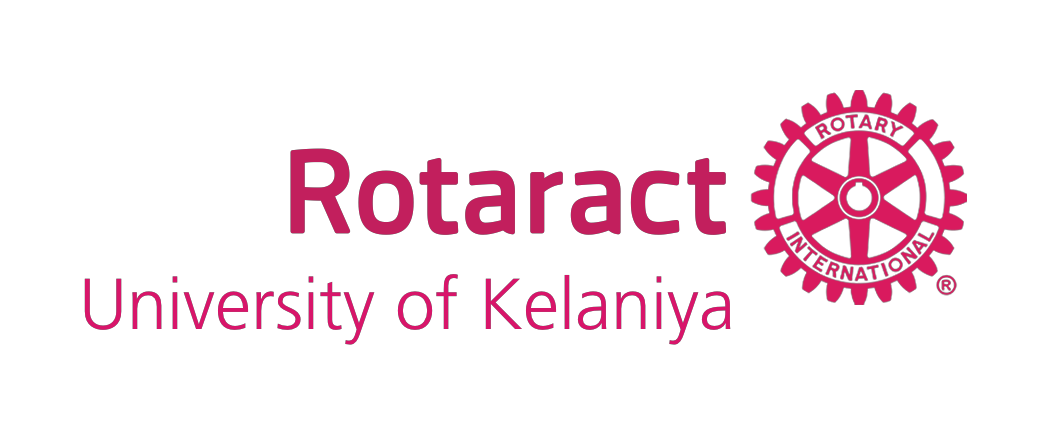The Sinhala and Tamil New Year is celebrated by Sri Lankans as the sun festival every year on the 14th of April as a symbol of prosperity and harmony. The Sinhala and Tamil New Year is the most significant celebration in Sri Lanka, with numerous traditions and customs. The festival’s modest gestures represent boundless togetherness among everybody. Sri Lankans celebrate the new – year in April, as the sun moves from Pisces to Aries in the zodiac. It’s that time of year again, with the sweet cry of Koha. The occasion is filled with firecrackers and fireworks that brightens the sky. Since ancient times, this has been a ceremony commemorating the God of the Sun. And the specific rituals and traditions that make this period enjoyable and enticing are the festival’s specialties.
The New Year celebrations begin with a neutral period known as the “Nonagathe.” As a result, during this time, individuals avoid every kind of job and focus on religious activities. This is the period of time between the end of the previous year and the start of the new – year. People are seen wearing white clothing and traveling to their religious places for the sake of many blessings.
Sri Lankans get ready for the New Year early by cleaning and redecorating their homes, shopping for new clothing for family members, and making traditional sweets. And buying a fresh clay pot is a major ritual. When the auspicious occasion of the New Year gets closer, people light the hearth and boil fresh milk in a clay pot they recently bought to signify prosperity. The milk flowing from every angle of the plot is thought to be lucky for the entire family. Then milk rice is made and given to the family, followed by neighbors and other family members. In Sri Lanka, food plays an important role among New Year’s celebrations.
Every house prepares a large table with Kiribath, bananas, and sweets such as Kavum, Kokis, Aggala, Aasmi, Aluwa and the tamils delight the table with their special treats like laddus, payasam, and many more. Every family engages in the banquet by lighting the oil lamp at a blessed moment, beginning work, and exchanging money and gifts. People engage in different work after enjoying the New Year’s treats, to indicate the commencement of work in the new – year. This ceremony is known as “Weda Alleema,” and money and business activities take place among family members and others within the specified time period in order to obtain blessings for prosperity. Some people also pay honor to the well for the pure and clear water that it provides all year.
Anointing oil requires a specific ceremony, which is usually performed by the oldest family member. It is believed that it represents good health. And there is a good time to depart for work. During the New Year’s holiday season, many people travel to their hometowns before returning to their jobs. Many villages and other communities celebrate the New Year in both modest and grand ways. They are overloaded with exciting, active games with joyful activities. Mother Nature reacts to this season as well. In April, the flowers begin to bloom and the fruit trees become overflowing with ripe fruit. The “Erabudu” flower, which is red colors is a notable blossom that blooms throughout the New Year.
The Sinhala and Tamil New Year sparkle a more festive vibe due to the values of sharing and caring it displays while everyone joins together in peace and harmony.
May this New Year bring you happiness, peace, and good health. Wishing you a prosperous New Year!!!




